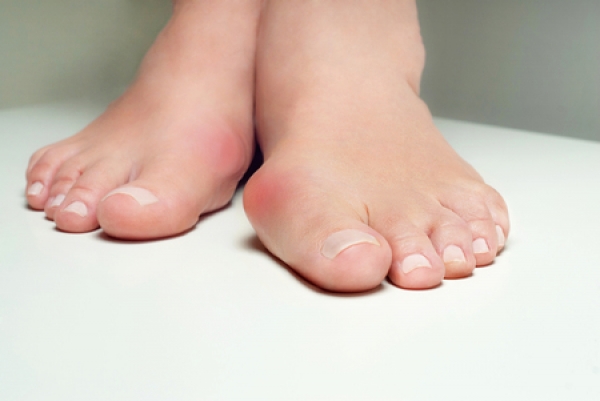At first, a bunion may appear very subtle. You may look down and notice your big toe seems to be leaning slightly toward the second toe. At Superior Foot & Ankle Care Center, we find many patients are unfamiliar with how bunions develop and therefore may not come in promptly to get them evaluated.
Know Your Risk Factors
Most often, bunions are caused by a biomechanical defect in your feet. This may be a neuromuscular problem, flat feet or overpronation. In many instances, this fault in the mechanics of your feet may be inherited. There are other factors, however, that can also increase your risk of developing a bunion, including:
- Wearing tight-fitting shoes with pointy or narrow toe boxes
- Spending long periods of time in high-heeled shoes or boots
- A previous foot injury
- Congenital defect
- Repetitive stress to the foot
- Arthritis
Seek Treatment Early
In its early stages, a bunion may not cause you any pain or discomfort. However, bunions are a progressive disorder. As time goes on, the big toe joint will move further and further out of place until it begins to cause pain when you walk. It will also become increasingly difficult to wear shoes due to the pressure exerted on the bunion by your footwear. The toe can eventually become rigid in the defective position and cause other deformities such as hammertoes to occur. It’s essential that you make an appointment at our Long Beach office so that our podiatrists, Dr. Victoria M. Foley or Dr. Constance Ornelas can examine your foot. Fortunately, there are many treatment options available which can slow the progression of the bunion and prevent foot pain and discomfort. These include:
- Altering your activities to avoid motion that exerts adverse pressure on the bunion
- Using a custom orthotic to correct the biomechanical problem and increase stability
- Exercises to increase joint mobility
- Night splints to realign the joint
If you think you have a bunion forming, don’t wait. Contact us today for an appointment by calling: (562) 420-9800.
